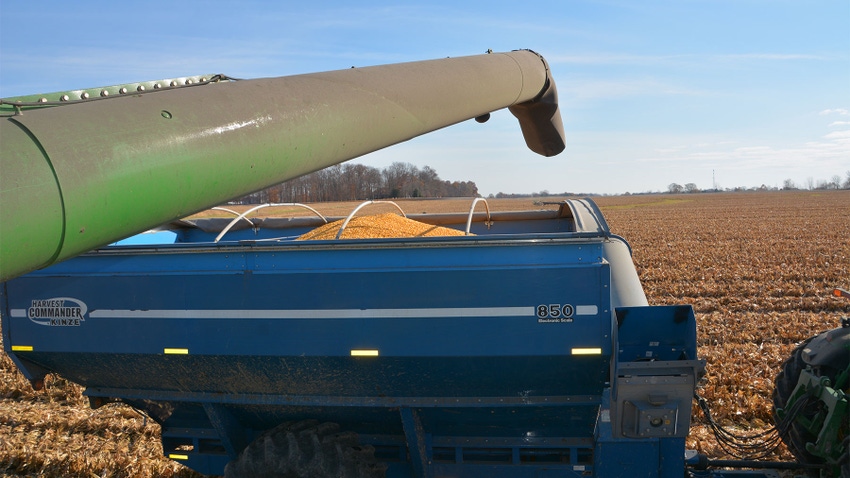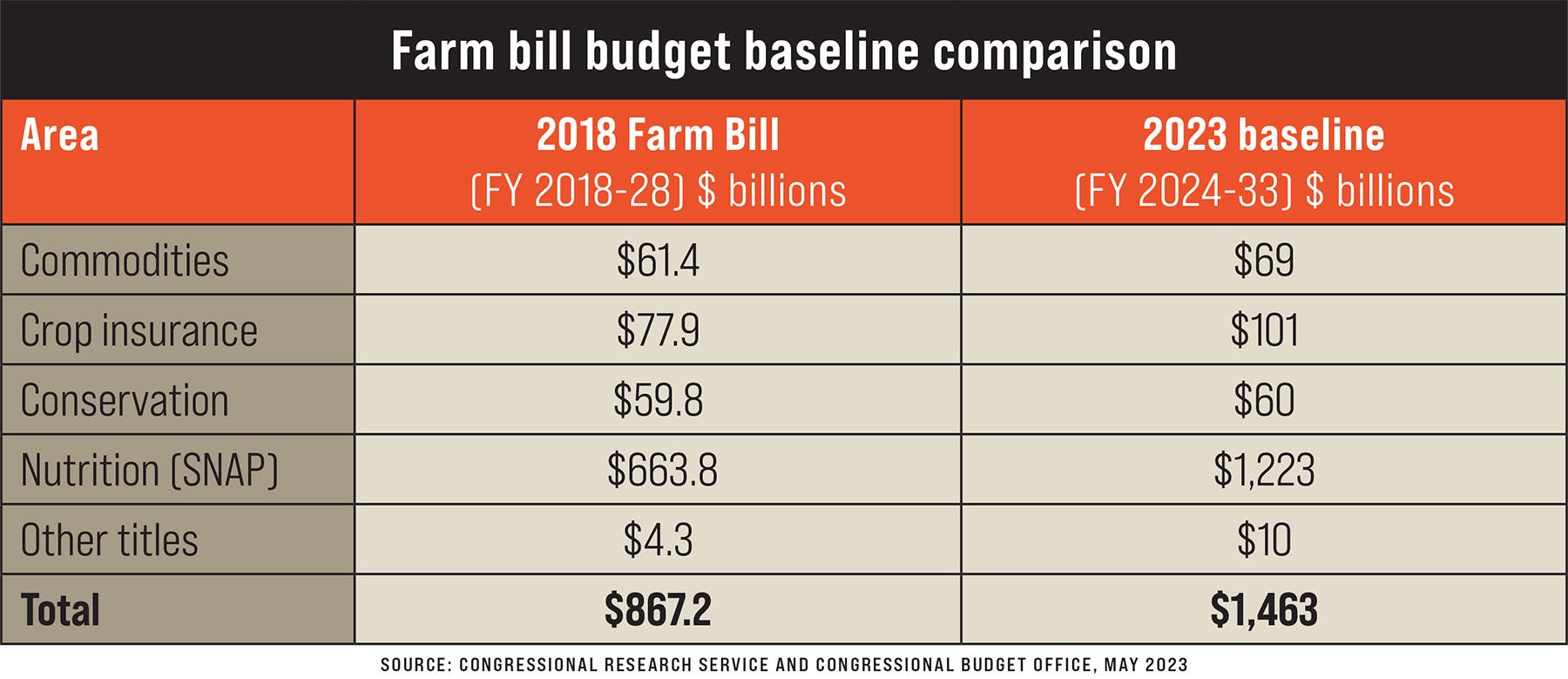
Just because you don’t receive crop program payments from farm programs for the ’23 crop year doesn’t mean the 2024 Farm Bill debate isn’t important. That was the key message Brad Lubben brought to farmers at the Purdue Top Farmer Conference. Lubben is director of the North Central Extension Risk Management Education Center at the University of Nebraska.
“Farmers should be aware of the timeline and the key issues that will drive debate on the new farm bill,” Lubben said. Instead of passing a new farm bill in 2023, Congress extended the existing farm bill for one year.
Here is a look at key steps toward a new farm bill:
March 15: Producer sign-up and enrollment for commodity program decisions. It’s crucial to sign up for the program at your local Farm Service Agency office by March 15 to participate in the 2024 government program.
“The big decision you must make is whether to enroll in ARC or PLC,” Lubben said. The first time these programs were offered in 2014, corn farmers overwhelmingly chose the Agriculture Risk Coverage program and soybean growers opted for the Price Loss Coverage program. Last time around, the tables flipped for corn, with more people shifting to PLC.
“This time it’s a toss-up for corn,” Lubben said. “Base prices of $4.01 and $4.08 per bushel for ARC and PLC are very close. Do your homework before you sign up.”
March 15: Producer sign-up for crop insurance. It doesn’t appear much changed for 2024 for crop insurance. If you’re taking it out, enroll on time. Support for crop insurance in the new farm bill appears strong.
March: Release of updated Congressional Budget Office budget for 2024 Farm Bill. Expect this budget to drive farm bill discussion, Lubben said. The nutrition title for the Supplemental Nutrition Assistance Program, or SNAP, once known as food stamps, made up a huge chunk of the farm bill budget in 2018 and is projected to comprise a much bigger piece in the 2024 bill.
Congress fought over the nutrition title in 2014 and 2018, Lubben said. “There is a faction on the left that doesn’t want it touched if it means lowering it, and there is a faction on the right that wants the opposite,” he explained. “So, if both groups vote against the bill for different reasons, they can kill it.”

September: Farm bill due. Wishful thinking? Another issue to resolve centers on conservation funding. Large amounts of money are available for conservation through funds authorized by the Inflation Reduction Act. Is this a one-time expenditure, or will those extra dollars become part of future farm bill funding?
November: U.S. general election. This could certainly help determine whether a farm bill passes this year.
Dec. 31: Revert to 1949. If a new farm bill isn’t passed or the current farm bill isn’t extended, farm policy reverts to 1949. That would bring about the “milk cliff,” which could severely disrupt the dairy industry.
Read more about:
Farm BillAbout the Author(s)
You May Also Like




